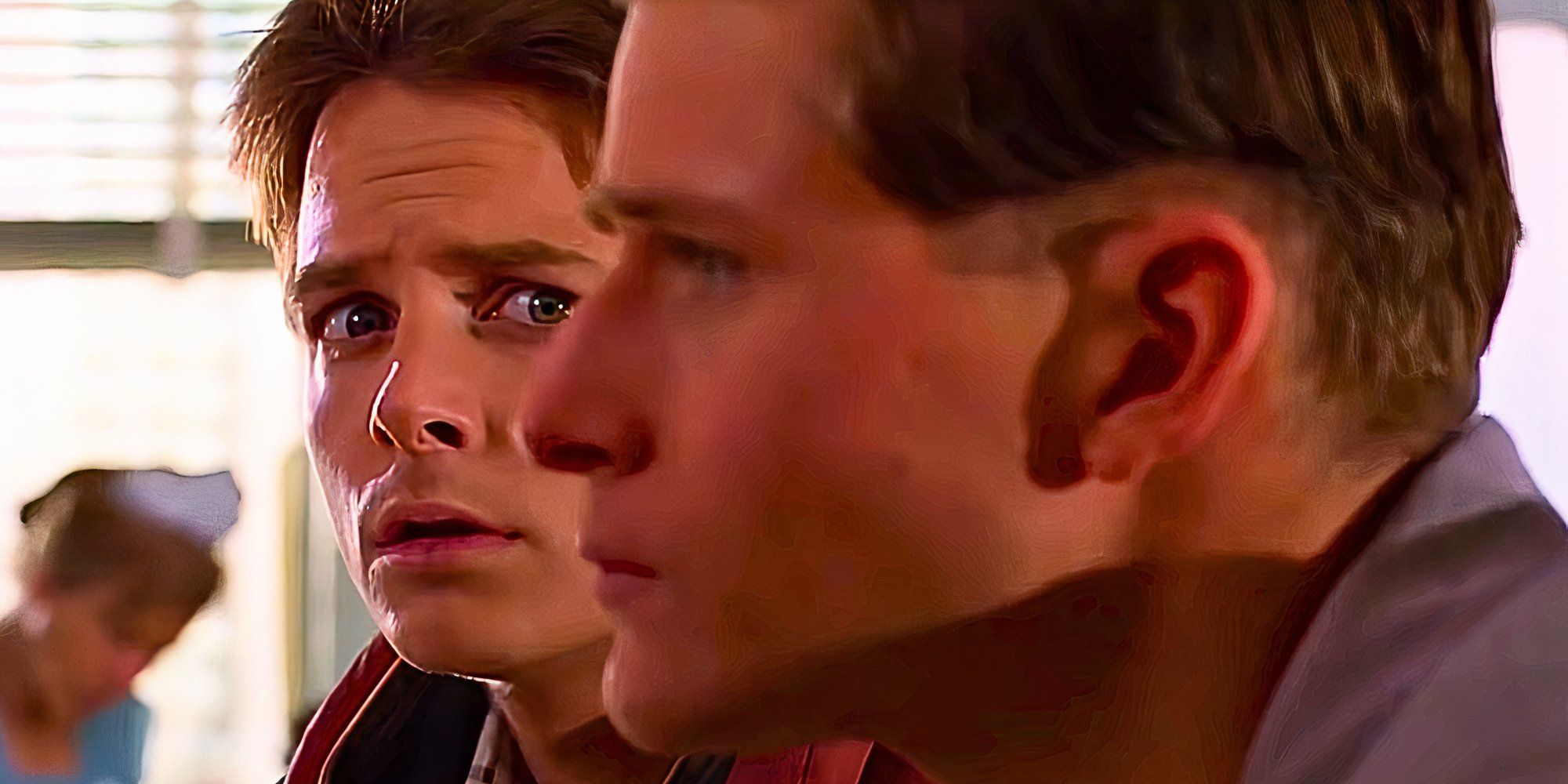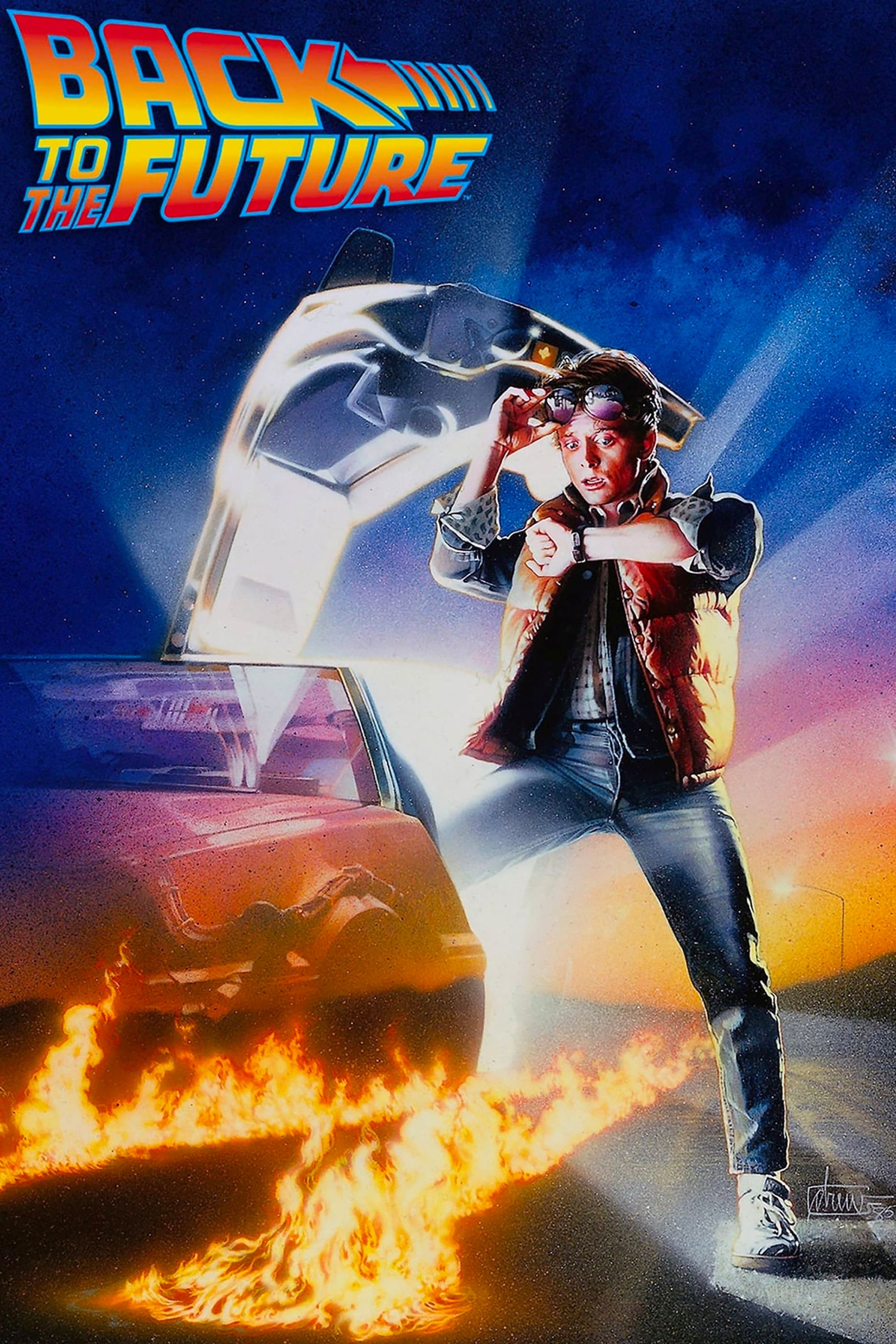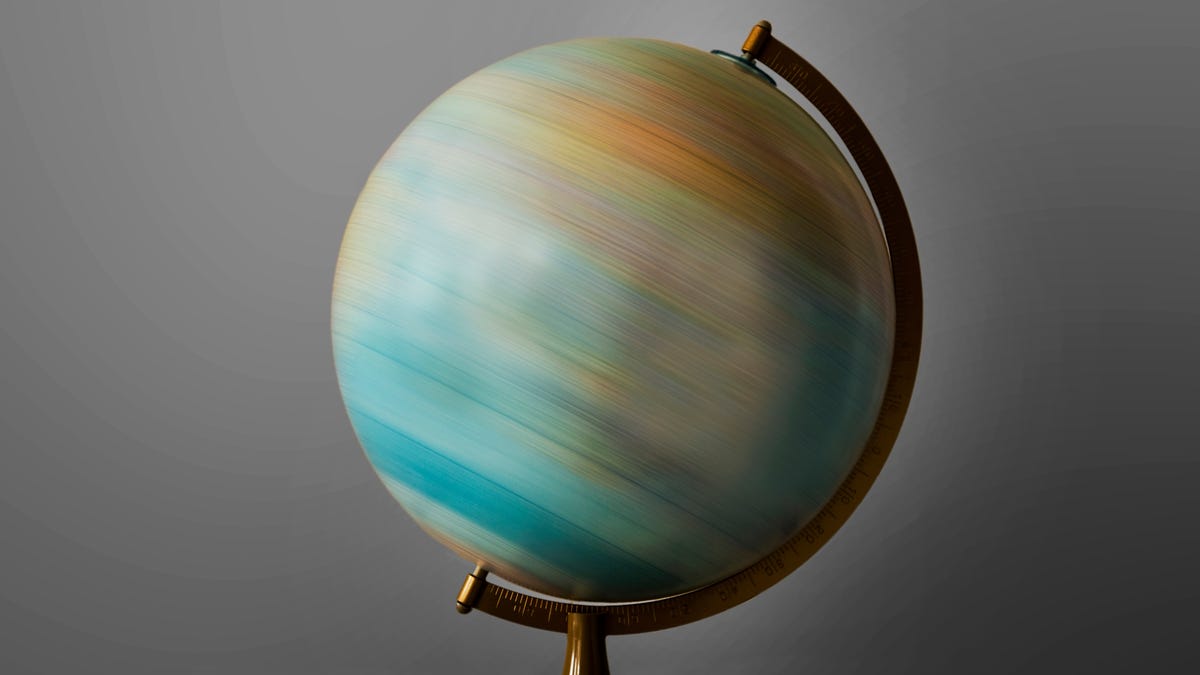Travel
These Unexplainable Back To The Future Time Travel Plot Holes Prove One Great Thing About The Iconic Trilogy

Back to the Future remains one of the most beloved movie trilogies of all time, regardless of genre, and the fact that it’s riddled with plot holes proves something really interesting. Everything from Back to the Future‘s cast to its ambitious storyline allowed it to be one of the most consistently good trilogies ever made. However, the legendary film series ran into the same roadblocks as so many other great time travel movies released before and since. In short, the plot holes may be numerous, but the more there are across the trilogy, the more they prove one specific point.
Time travel is easily one of the most overused sci-fi tropes used in TV shows and movies. That being said, there’s a good reason for that – time travel is really fun. Narratives that follow its characters’ journeys backward and forward through the timeline can often be cerebral affairs, and every project seems to approach the quirks of temporal mechanics a little differently. Back to the Future wasn’t an outlier in this regard, as it too had its own rules about time travel. While those laws largely served the franchise well, several moments slipped through the cracks.
Back To The Future’s Many Plot Holes Make The Movies More Impressive
No one seems to REALLY care about Back to the Future’s inconsistencies
The Back to the Future trilogy painted itself into a corner with its own logic on numerous occasions. Although some plot holes have been officially addressed and even resolved by those who made the movies, others remain in place as a nonsensical byproduct that can happen in time travel stories. For example, Marty’s parents should really recognize him as “Calvin Klein” in the movie’s present day, as they both spent time with him under that moniker in 1955. Interestingly, despite its various narrative issues, Back to the Future‘s overall quality hasn’t suffered.
|
Back To The Future Trilogy Release Timeline |
||
|
Movie |
Year |
Rotten Tomatoes Score |
|
Back to the Future |
1985 |
93% |
|
Back to the Future Part II |
1989 |
63% |
|
Back to the Future Part III |
1990 |
81% |
The entire trilogy is still just as brilliant today as it was when it was released. If anything, the fact it holds up so well is a testament to just how well Back to the Future was written. Many of its successors have been inarguably inspired by Back to the Future, and some of what were once viewed as plot holes have now been folded into the official time travel laws of other sci-fi franchises. In short, almost every misstep in the Back to the Future movies is forgivable because the positives still far outweigh the negatives.
A Lot Of Great Time Travel Movies Are Full Of Plot Holes
Back to the Future isn’t alone in its lack of temporal perfection
It’s almost impossible to look at some of the greatest time travel movies of all time and not find at least one plot hole regarding its temporal logic. Even time travel movies that don’t involve sci-fi also suffer this curse. The stark truth of the matter is that time travel remains a largely fictional affair – at least in the way it’s used in movies. So, it’s impossible to properly establish what would happen if an individual were to move unconventionally through time to the extent of characters like Marty McFly and Doc Brown.
To criticize a time travel movie too harshly for its lapses in logic is a paradox in itself, as time travel as shown in sci-fi is pretty fantastical as it stands.
Time travel movies aren’t documentaries. As such, the best any of them can do is try to establish strict rules to abide by, and sometimes those rules need to be sacrificed or ignored for the good of the story. To criticize a time travel movie too harshly for its lapses in logic is a paradox in itself, as time travel as shown in sci-fi is pretty fantastical as it stands. While this doesn’t excuse low-quality or lazy writing, it does explain why it’s so difficult to find a flawless time travel story – but Back to the Future comes close.
Back To The Future Gets The Most Important Thing About Time Travel Right
The fun factor is a big part of what gives Back to the Future its appeal
Adventures concerning the concept of time travel can generally go one of two ways. One approach is to make the story’s timeline intentionally immovable. In other words, there’s only one version of events, and while the timeline can be traversed, said traveling has already been accounted for in the bigger picture and nothing is actually being changed. Essentially, it’s all fate. However, Back to the Future adheres to the approach of the butterfly effect being relevant. This means changes in the past affect the future, which is often a much more run and rewarding experience for the viewers.
Related
Back To The Future: All 8 Timelines In The Movies Explained
Back to the Future’s classic time travel trilogy has been delighting viewers for decades. Here’s a breakdown of all eight timelines in the movies.
Back to the Future‘s comical approach makes it a perfect candidate for a time travel story where actions matter. If Doc and Marty were merely observers of events that couldn’t be altered, the saga just wouldn’t have been the same. Allowing their actions and decisions to directly transform future events puts much more on the line as well as allowing exciting glimpses into various alternate timelines where things turned out differently. Back to the Future could have gone the other way with its story, but it’s great news that they didn’t.

Marty McFly, a 17-year-old high school student, is accidentally sent 30 years into the past in a time-traveling DeLorean invented by his close friend, the maverick scientist Doc Brown. In 1955, he meets his parents when they were his age, and must step in to make sure they wind up together before he gets back to 1985.
- Director
- Robert Zemeckis
- Release Date
- July 3, 1985
- Writers
- Robert Zemeckis , Bob Gale
- Cast
- Claudia Wells , Christopher Lloyd , James Tolkan , Thomas F. Wilson , Michael J. Fox , Wendie Jo Sperber , Crispin Glover , Marc McClure , Lea Thompson
- Runtime
- 116 minutes
It should be fun (at least for this type of movie) and allow you to play around with the story, especially through the butterfly effect.










